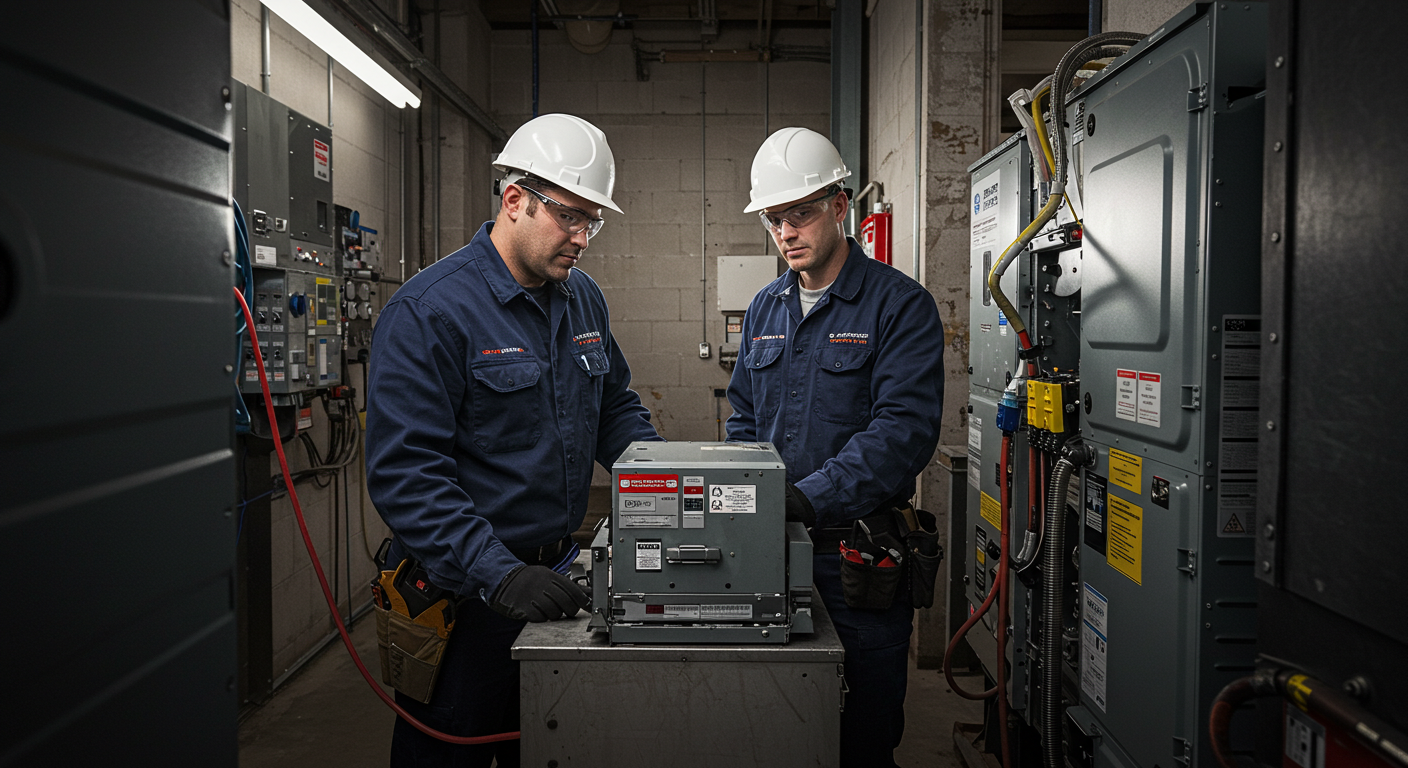Safety Culture: Building Awareness on Your HVAC Job Sites
In the fast-paced world of HVAC, safety is paramount. Whether you’re a seasoned technician or a newcomer to the field, understanding and implementing safety standards can make all the difference. Today, we’ll explore critical aspects of building a robust safety culture on your job sites, ensuring you and your team are well-protected.
Understanding the Risks: Why HVAC Safety Matters
Did you know that 90% of HVAC mechanic workplace fatalities are due to contact with energized conductors or parts? These numbers underscore the importance of being proactive in safety measures. It’s not just about compliance; it’s about ensuring everyone goes home safe at the end of the day.
Essential Safety Equipment for HVAC Technicians
Equipping yourself with the right tools can significantly reduce risks. The Fieldpiece digital manifold, for instance, offers accurate pressure readings when working with refrigerant systems. This precision can prevent system failures that might otherwise pose safety hazards. Similarly, Edge Eyewear Brazeau matte black frame polarized glasses are a must during brazing operations to protect your eyes.
Refrigerant Safety and Indoor Air Quality
Proper refrigerant handling is crucial. Opt for safer alternatives like the R-454b refrigerant to minimize health and environmental risks. Regular monitoring of ventilation systems using tools such as the Ecobee smart premium stat can also help you keep indoor air quality in check, ensuring a safe environment for both workers and occupants.
- Follow HVAC safety standards and regulations.
- Utilize appropriate Personal Protective Equipment for every task.
- Engage in continuous HVAC safety training and awareness programs.
- Implement regular checks to prevent HVAC hazards.
Conclusion: Cultivating a Safety-First Mindset
Building a safety culture in your HVAC workplace is not just about having the right tools and equipment. It’s about fostering a mindset where safety comes first, every single day. By staying informed and proactive, you can significantly reduce the risk of accidents and ensure a safe working environment for everyone.
Call-to-Action: Join our upcoming HVAC safety workshop to learn more hands-on techniques and strategies for maintaining a secure job site. Sign up today!
FAQs on HVAC Safety Culture
What are HVAC safety standards?
HVAC safety standards are guidelines designed to ensure the safe installation, maintenance, and operation of HVAC systems, reducing the risk of accidents and injuries on job sites.
How can HVAC technicians protect themselves?
Technicians can protect themselves by wearing appropriate PPE, following safety protocols, and using tools designed to minimize risks, such as digital manifolds and refrigerant safety equipment.
Why is PPE important for HVAC work?
PPE, or Personal Protective Equipment, is crucial in protecting technicians from potential hazards such as electrical shocks, chemical exposure, and physical injuries during HVAC operations.
What measures can prevent HVAC workplace accidents?
Preventive measures include regular safety training, proper equipment handling, adherence to OSHA regulations, and maintaining a focus on safety culture among all team members.
How does indoor air quality affect HVAC safety?
Poor indoor air quality can lead to health issues for both workers and building occupants. Regular monitoring and maintenance of HVAC systems are essential to ensure a healthy and safe environment.


